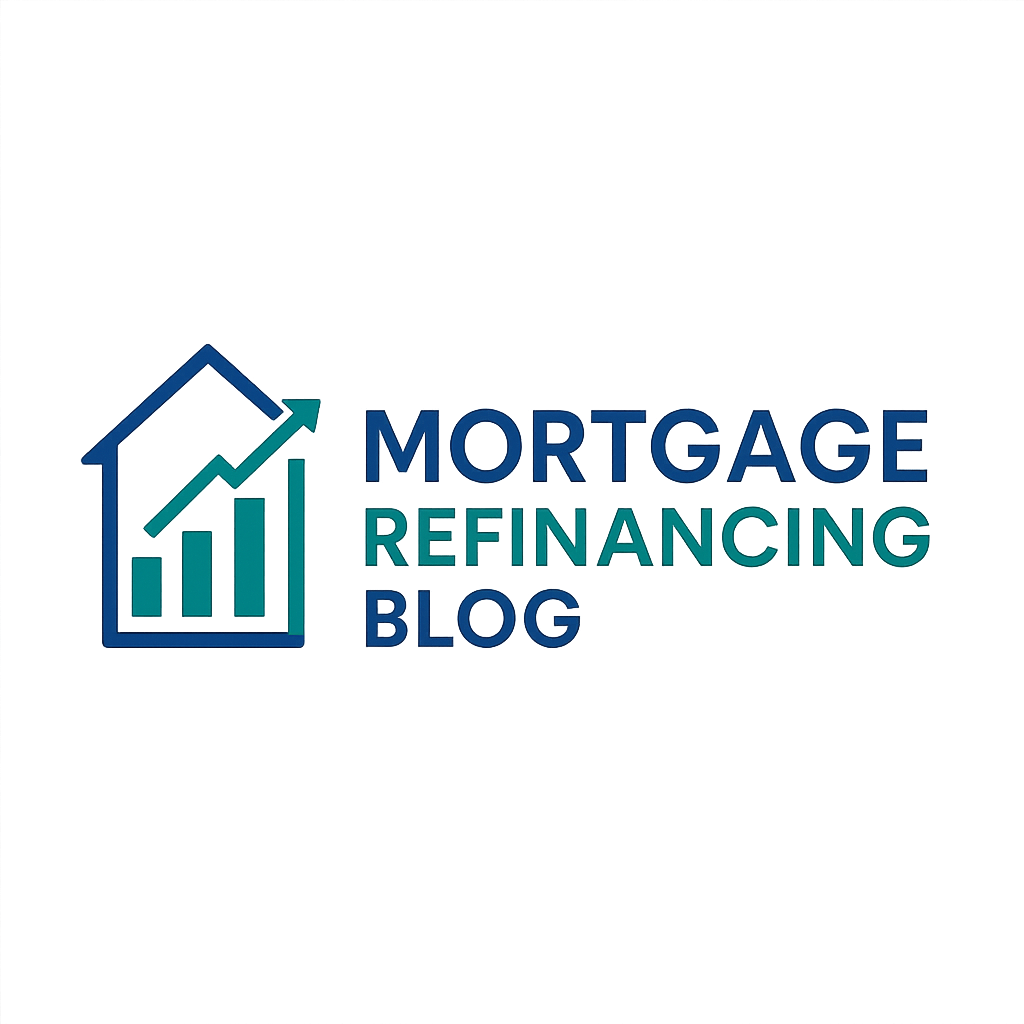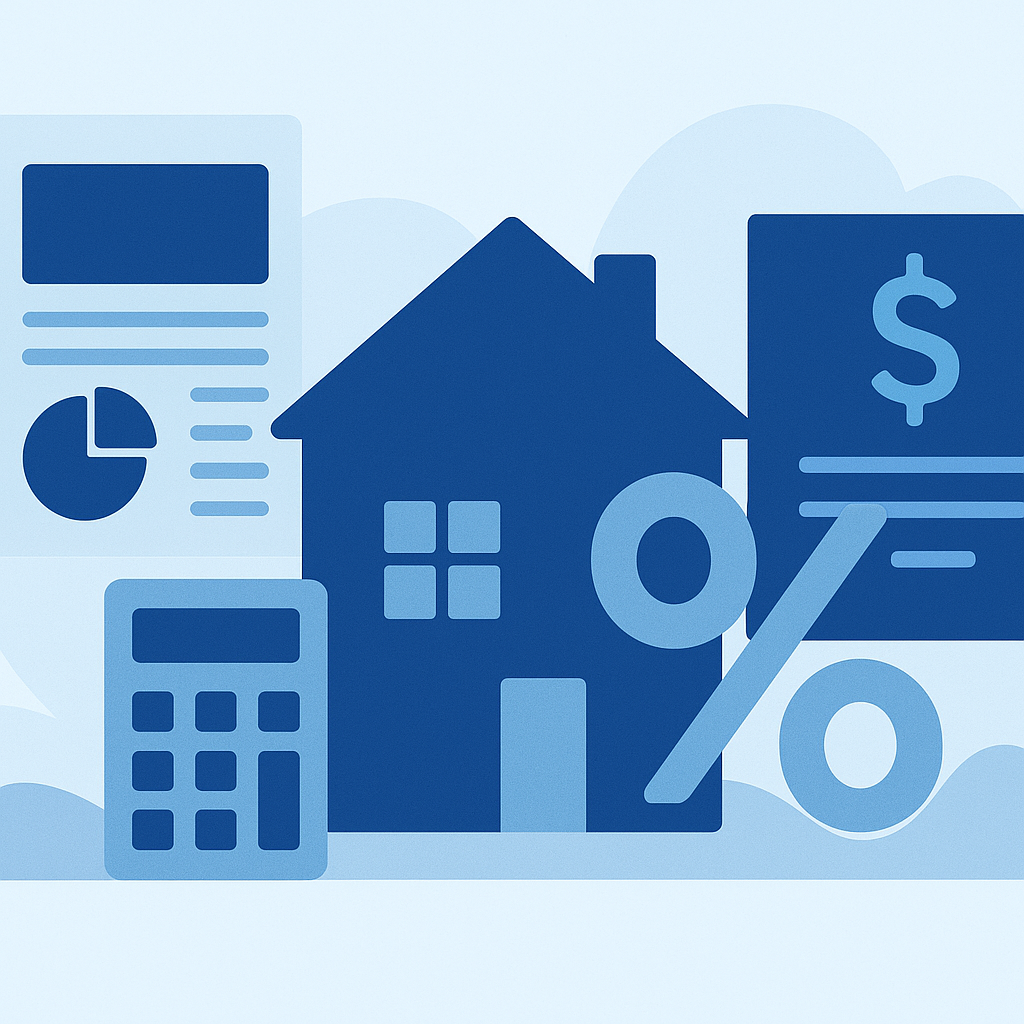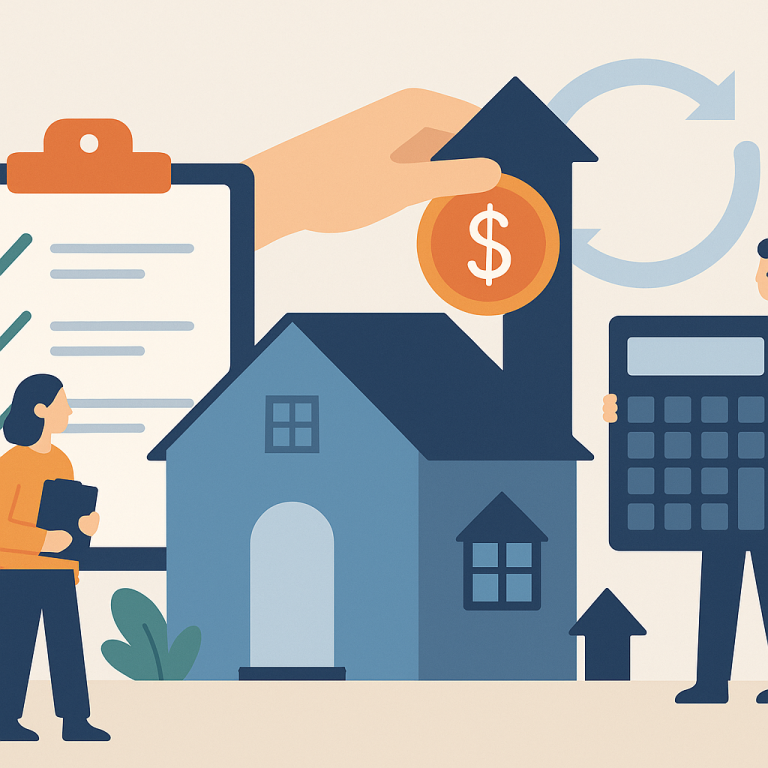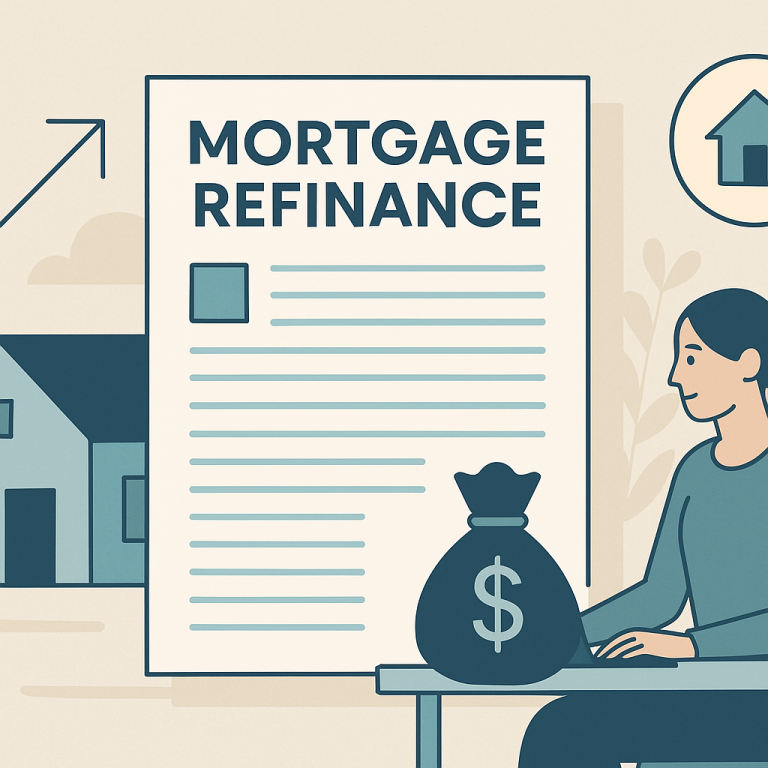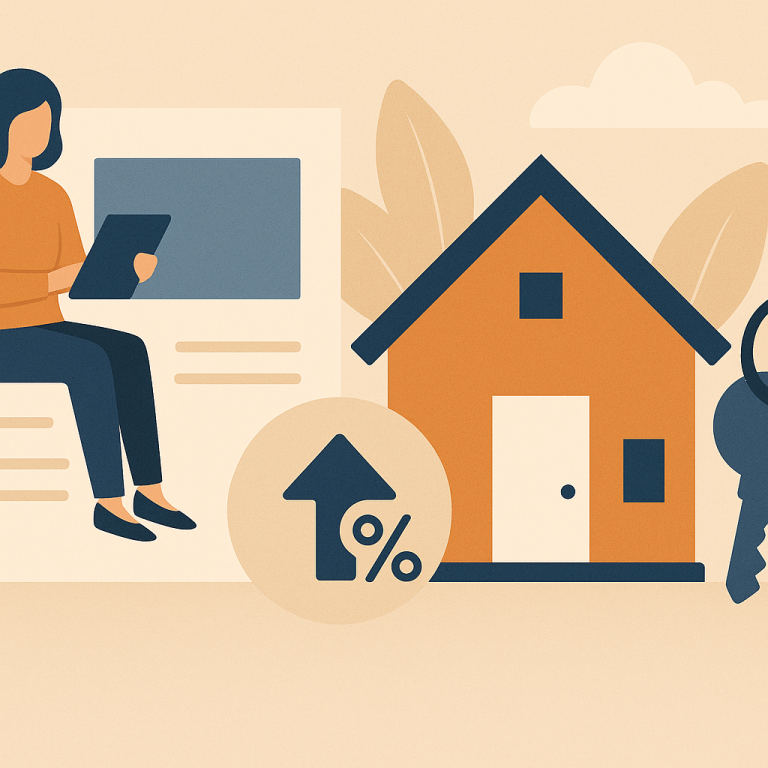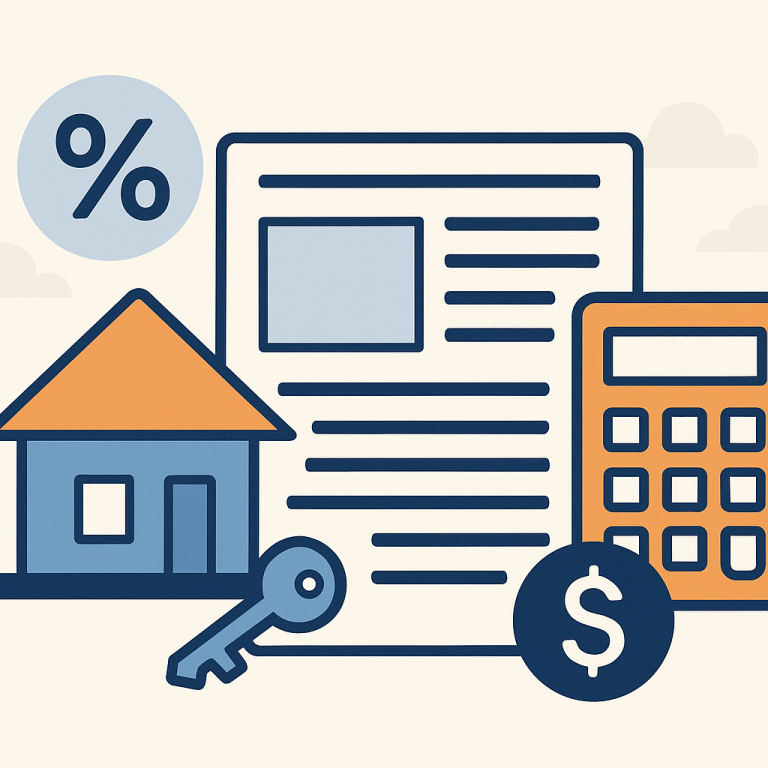Major Lenders Cut Mortgage Refinance Fees, Lowering Average Closing Costs
Moderate Rate Relief Spurs Selective Refinance Activity; Homeowners Should Weigh Goals and Costs
Recent movement in mortgage markets has opened a window for some homeowners to consider refinancing, as borrowing costs have eased modestly after a period of higher rates. That improvement has prompted a selective uptick in refinance applications from borrowers with strong credit profiles, substantial home equity, or specific cash needs. Lenders, however, remain discerning about borrower risk, so benefits are concentrated among those who meet tighter underwriting standards.
What’s Driving the Current Refinance Pattern
Several factors are shaping who benefits from the current environment. First, the modest decline in benchmarks and mortgage spreads has lowered monthly payment opportunities for borrowers who originally took out loans at significantly higher rates. Second, homeowners with improved credit scores or lower loan-to-value ratios are more likely to receive favorable offers. Third, the demand mix is shifting: some borrowers are focused on rate-and-term refinances to reduce monthly payments or shorten loan life, while others pursue cash-out refinances for debt consolidation or home improvements.
At the same time, lenders are applying more scrutiny to income documentation, property valuations, and debt-to-income ratios than in previous refinance cycles. That means approvals are less automatic for borrowers who rely heavily on nonstandard income streams or who have marginal credit histories. Closing costs and fees remain an important consideration that can offset rate savings, particularly for borrowers who expect to move in the near term.
Practical Steps for Homeowners Considering Refinancing
- Clarify your objective: Identify whether your primary goal is lowering the monthly payment, reducing total interest, shortening the loan term, or accessing home equity. The optimal refinance path depends on that objective.
- Calculate the break-even point: Compare projected monthly savings against total refinance costs to determine how long you need to stay in the home to realize net benefit.
- Assess eligibility before applying: Review your credit profile, current loan balance relative to your home’s estimated value, and debt-to-income ratio. Meeting common lender thresholds improves chances of approval and better pricing.
- Shop multiple lenders: Interest rates, fees, and underwriting approaches vary. Request Loan Estimates from several lenders to compare all costs and terms, not just the headline rate.
- Consider timing and rate locks: If you proceed, weigh lock options that protect against short-term rate moves, keeping in mind potential lock fees and lock expirations.
- Evaluate cash-out prudently: Using home equity to consolidate high-interest debt can make sense, but increasing loan balance reduces future flexibility and increases interest costs over time.
Market Outlook and Strategic Considerations
Analysts expect mortgage conditions to remain sensitive to broader economic news and central bank policy expectations. That means rates could resume upward movement if inflation trends or policy signals change. Homeowners who qualify and have a clear financial plan may find current conditions attractive, but those on the margin should balance potential savings against the possibility of re-entering the market later.
Ultimately, refinancing is a highly individual decision. For financially ready borrowers with meaningful equity and clear objectives, the recent easing presents an opportunity to optimize borrowing costs or tap equity under structured conditions. Others should prioritize readiness — improved credit, stronger documentation, and a longer expected homeownership horizon — before moving forward.
META: refinancing-news-article
